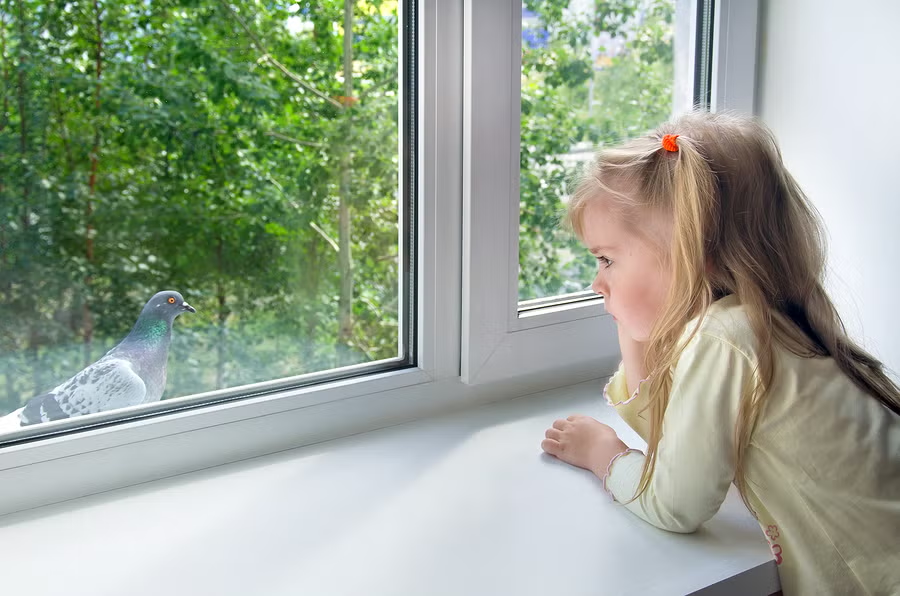If the Affordable Health Care Act (AHCA) becomes law, the uninsured rate for children would increase by a whopping 50% by 2026 according to a new analysis by the Center on Budget and Policy Priorities. The Center’s report is based on a deeper dive into the Congressional Budget Office’s analysis of the AHCA that was passed by the House of Representatives last month. Approximately three million more children would lose health insurance by 2026 according to the Center’s estimates.
This loss in children’s health care coverage would likely reflect the impact of cuts to federal Medicaid funding to states, a reduction in tax credits that help moderate-income families afford coverage in the individual marketplace and the reverse “welcome mat” effect as their parents lose Medicaid coverage they had received under the Affordable Care Act’s Medicaid expansion. Readers of Say Ahhh! are very familiar with the research that shows the strong connection between parent and child coverage. When parents are covered, children are more likely to have their health care needs met and the whole family is better protected from medical bankruptcy.
Making more children uninsured is shortsighted not only because having health insurance ensures better access to needed care and provides economic security, but it also helps children achieve greater educational and economic success.
Overall about 23 million people would become uninsured by 2026 if the AHCA becomes law and no age group would be spared, according to the CBPP analysis. Adults between age 50 and 64 would be hit this hardest with 5.1 million older adults estimated to lose coverage. This disproportionate increase in their uninsured rate would most likely be caused by the AHCA’s cuts to the Medicaid expansion, cuts to tax credits, and the “age tax” that would allow insurers on the individual market to charge older people premiums five times higher than younger people.
The majority of those losing coverage under the House bill would have low incomes. Adults with incomes below 200 percent of the poverty level (about $50,000 for a family of four) would see their uninsured rates double by 2026.
After the AHCA was hastily approved by the House last month, without so much as a hearing or CBO score before the vote, a select group of Senators has been meeting behind closed doors to figure out how to get a version of the bill through the Senate and onto the President’s desk. The regular committee process in the Senate is not happening. The lack of transparency on an issue of such crucial importance is truly shocking and depressing.
Since Congress has provided insufficient information about the impact of the AHCA, thoughtful in-depth analysis provided by CBPP and other organizations has helped fill the void.



